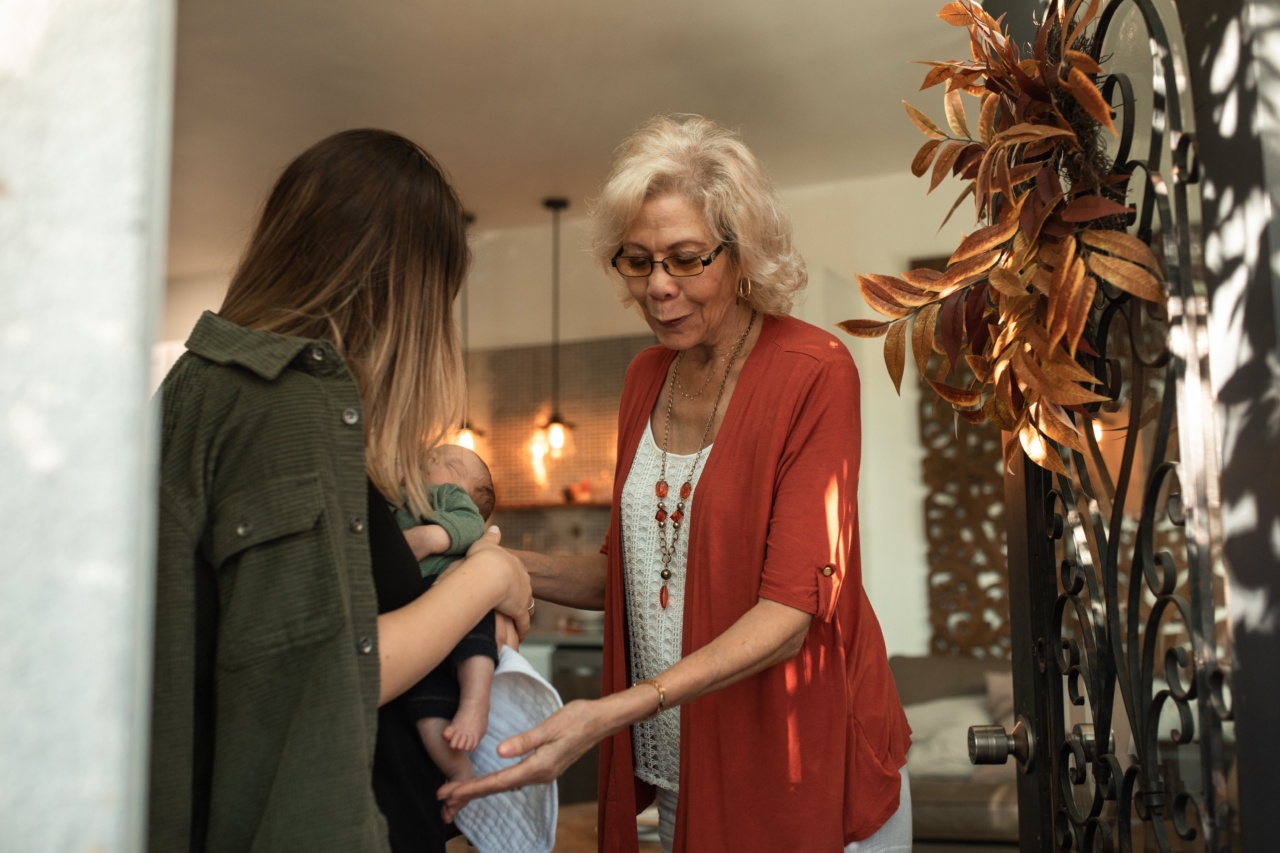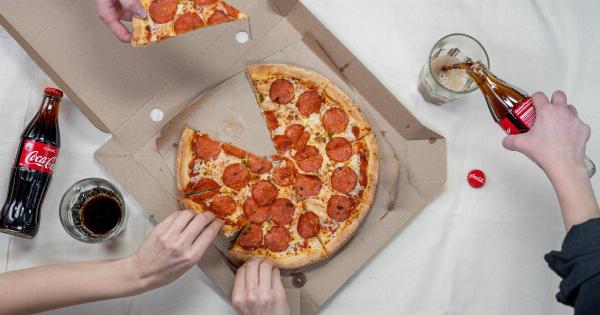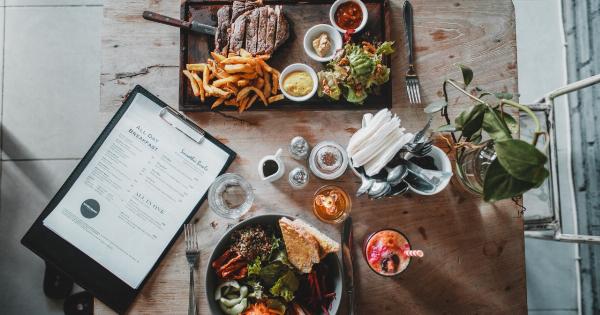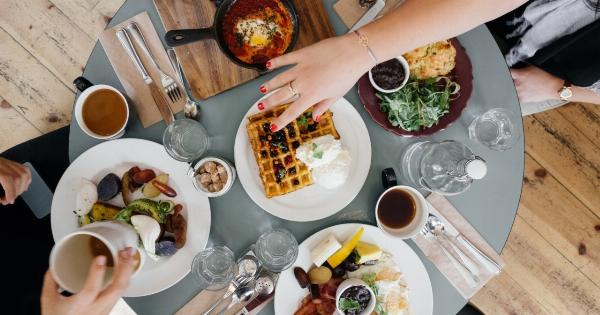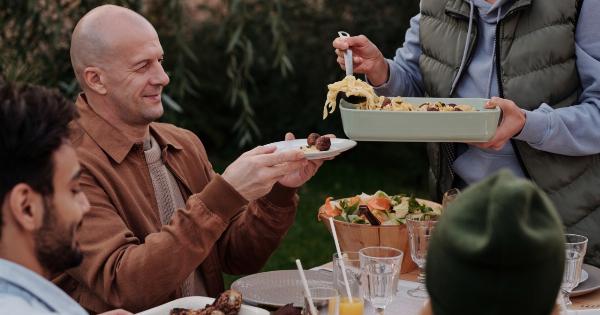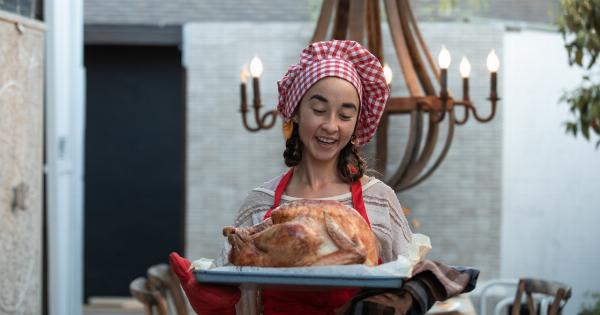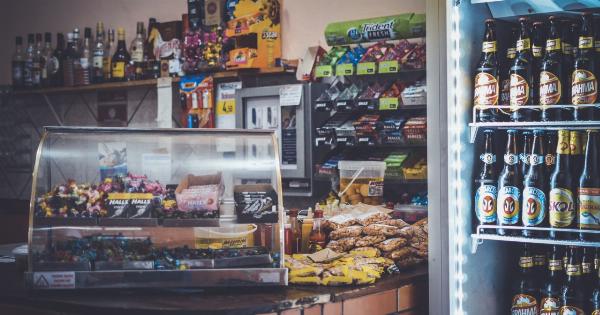Leftovers are a great way of stretching your food budget and saving time in the kitchen. However, reheating your leftovers can be tricky, as improper reheating can lead to foodborne illness. Here are some useful tips for safely reheating your leftovers:.
1. Store leftovers properly
The first step in safely reheating your leftovers is to store them properly. Store your leftover food in airtight containers or zip-top bags in the refrigerator or the freezer within two hours of cooking.
Label the containers with the date and the type of food to help you keep track of how long they have been in the refrigerator or freezer.
2. Use the right container for reheating
When you’re ready to reheat your leftovers, make sure you use the right container. Avoid using plastic containers, as some plastics can leach chemicals into your food when heated. Instead, use microwave-safe glass containers or ceramic dishes.
Never use metal containers for reheating your food in the microwave, as they can cause sparks and damage your microwave oven.
3. Defrost frozen leftovers safely
If you’re reheating frozen leftovers, it’s important to defrost them safely. You can defrost your leftover food in the refrigerator overnight. Alternatively, you can defrost it in the microwave or by placing it in a bowl of cold water.
Never defrost your leftovers at room temperature, as this can encourage the growth of harmful bacteria.
4. Reheat leftovers thoroughly
When reheating your leftovers, make sure they are heated through thoroughly. Use a food thermometer to check that the internal temperature of your food has reached 165°F (74°C).
This temperature is high enough to destroy any harmful bacteria that may be present in your leftovers.
5. Know the right way to reheat different types of food
Different types of food require different methods of reheating. Here are some tips for reheating different types of food:.
Soups, stews, and sauces
When reheating soups, stews, or sauces, add a small amount of water or broth to the container to prevent the food from drying out. Stir frequently to ensure even heating.
Meat and poultry
When reheating meat and poultry, slice or chop it into smaller pieces to ensure even heating. To prevent the meat from drying out, add a small amount of liquid or sauce, and cover the container with a lid or microwave-safe plastic wrap.
Bread and baked goods
When reheating bread and baked goods, wrap them in aluminum foil and place them in a preheated oven at 350°F (175°C) for 10 to 15 minutes. Alternatively, you can microwave them on a plate covered with a damp paper towel to prevent them from drying out.
Vegetables
When reheating vegetables, add a small amount of water or butter to the container to prevent them from drying out. Cover the container with a lid or microwave-safe plastic wrap, and check the vegetables frequently to ensure even heating.
6. Avoid reheating leftovers too many times
It’s important to avoid reheating your leftovers too many times. Each time you reheat your food, you’re giving harmful bacteria more time to grow. Ideally, you should reheat your leftovers only once.
If you have leftovers that you can’t finish within three to four days, freeze them for later use.
7. Cool leftovers quickly to prevent bacteria growth
One of the main causes of foodborne illness is bacteria growth. To prevent the growth of harmful bacteria, it’s important to cool your leftovers quickly. Divide your food into smaller portions and place them in shallow containers.
Place the containers in the refrigerator or freezer as soon as possible, and don’t allow the food to sit out at room temperature for more than two hours.
Conclusion
Reheating your leftovers can be a convenient way to save time and money, but it’s important to do it safely to avoid foodborne illness. By following these useful tips, you can enjoy your leftovers without worrying about getting sick.
